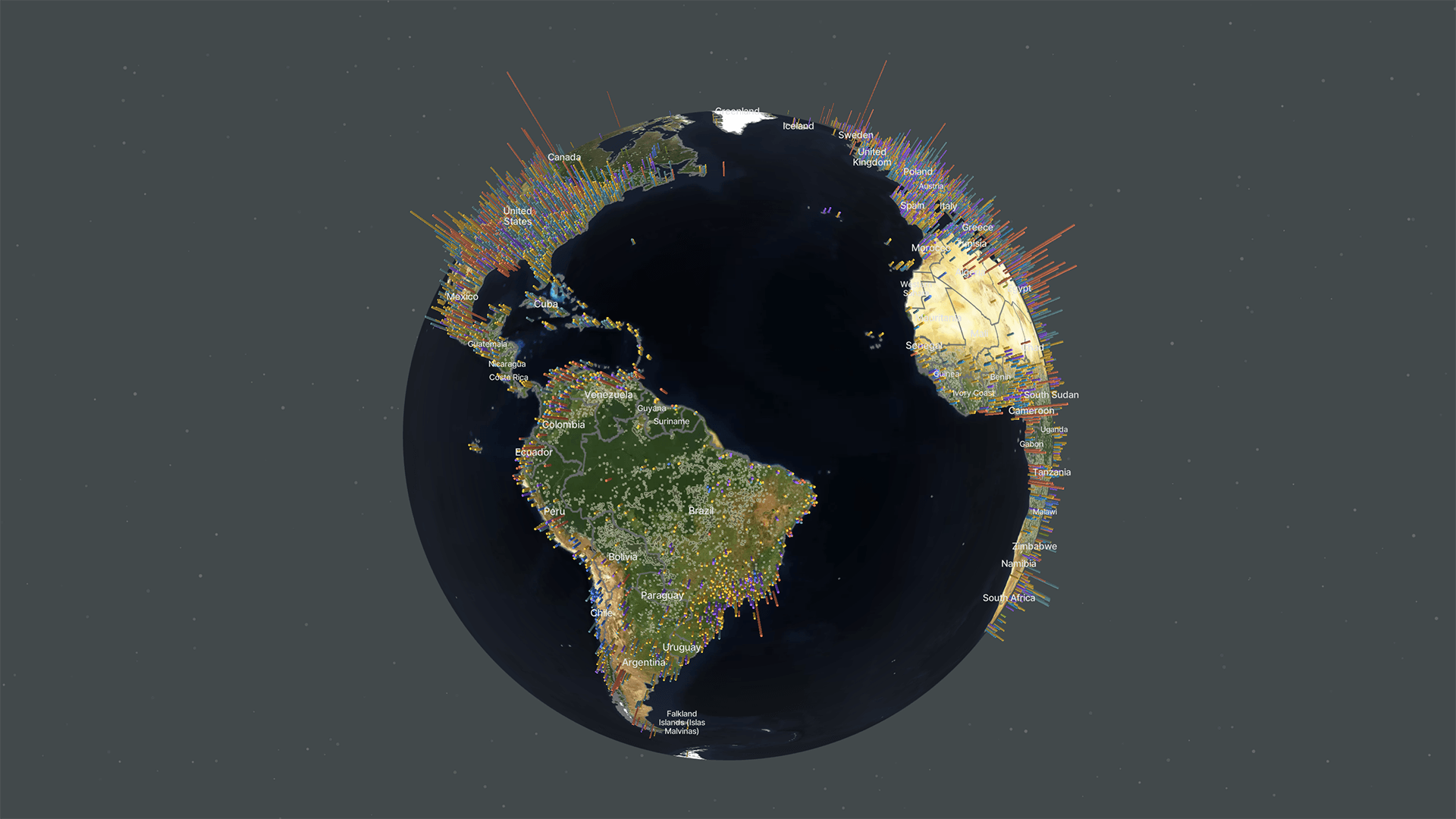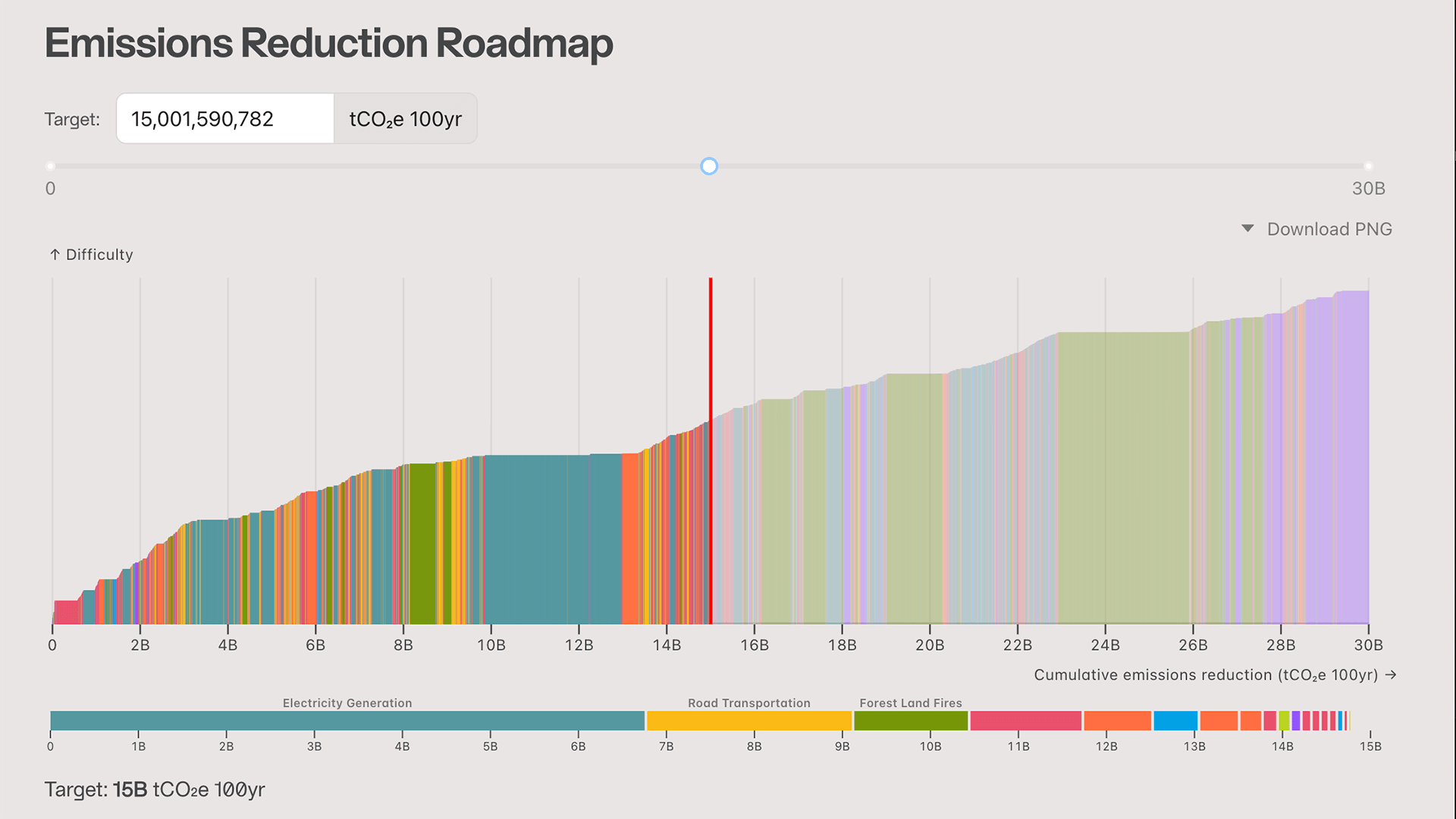How a leading Egyptian bank gained visibility into its financed emissions — and what that means for banks in other emerging markets
As the largest source of capital in the world, banks have the power to drive global decarbonization, including through their financing and loan-making. By assessing their Scope 3 financed emissions, banks can better direct green finance toward lower-carbon investments and improve understanding of their exposure to climate-related risk, such as fossil fuel assets in the companies on their loan books. However, access to relevant emissions data has been difficult for banks, especially in emerging markets and developing economies (EMDEs). In response, Climate Risk Services (CRS) developed a Financed Emissions Tool (FET) that leverages Climate TRACE’s assetlevel emissions data to provide clients such as a leading bank in Egypt with unprecedented insight into the financed emissions on their loan book. Using Climate TRACE data, CRS’s FET was able to estimate financed emissions for 80%+ of the Egyptian bank’s corporate loan book, while improving data quality scores under the framework of the Partnership for Carbon Accounting Financials (PCAF).



